

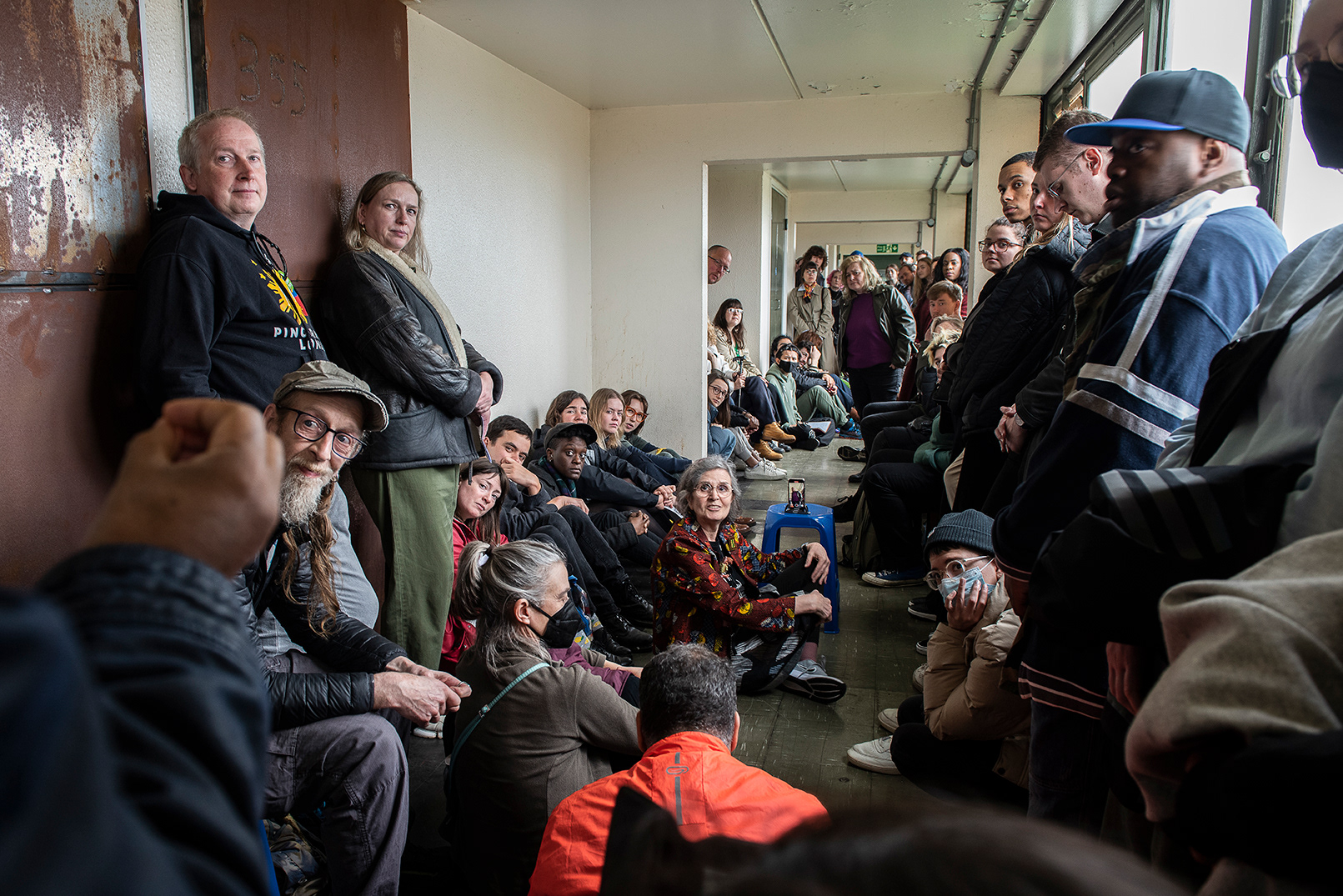








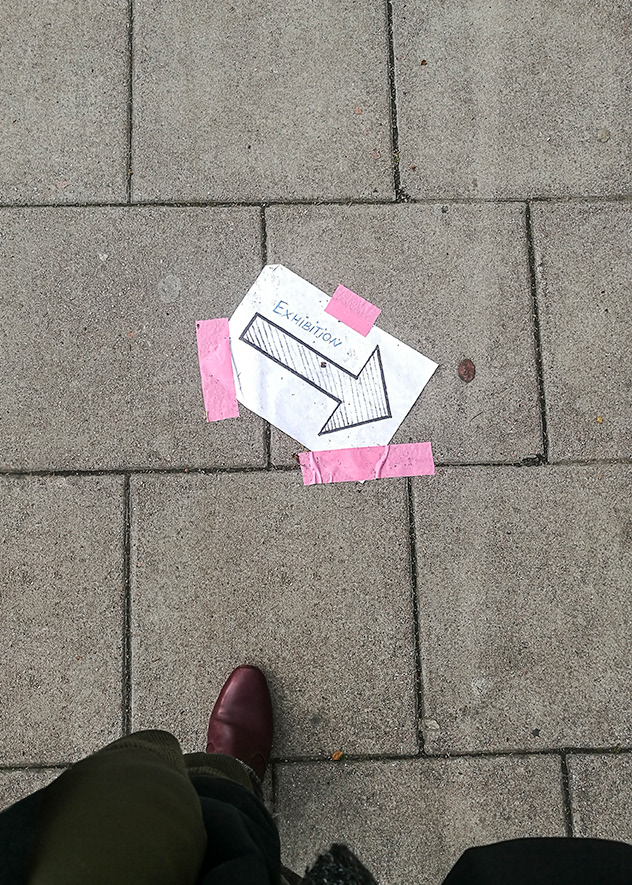


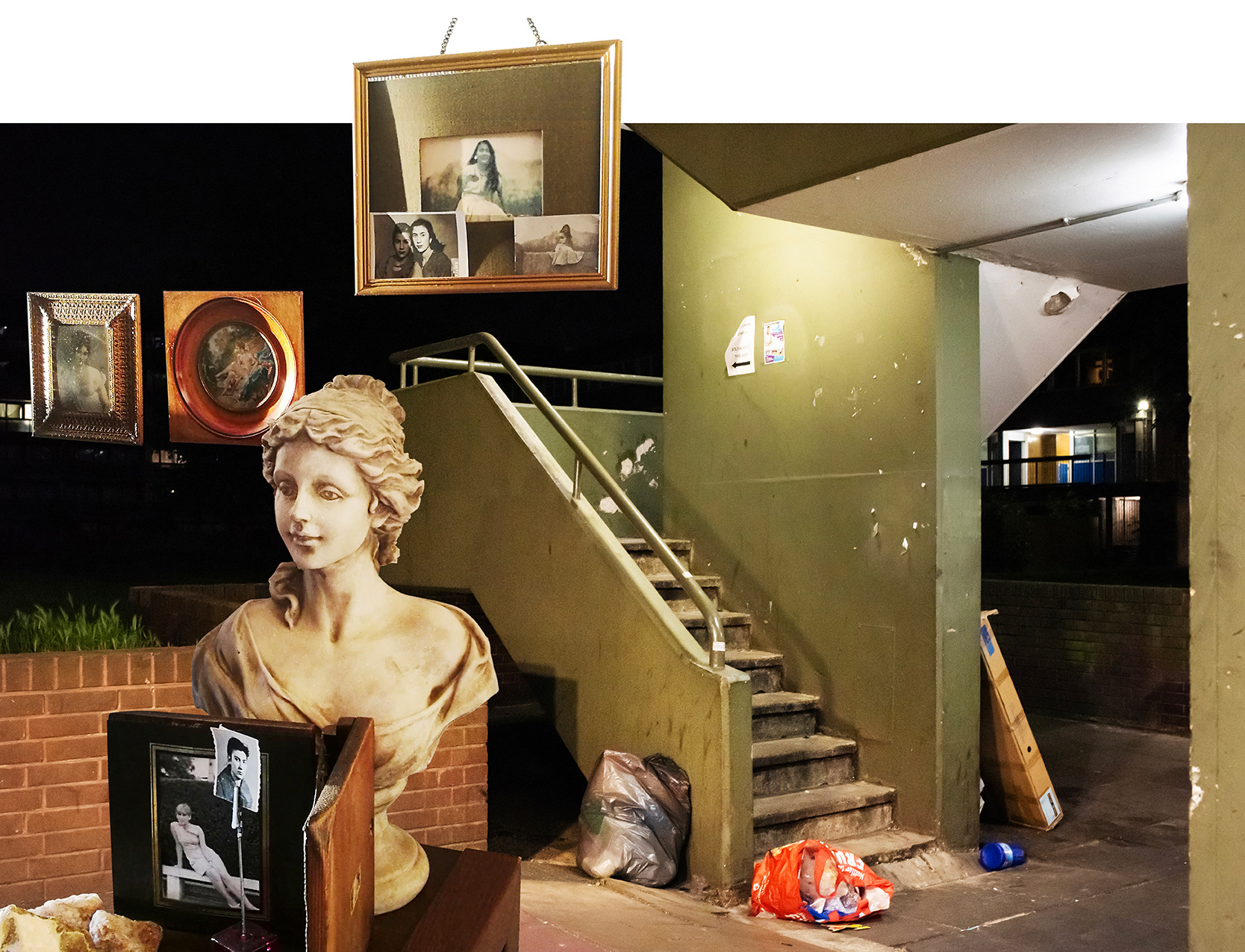

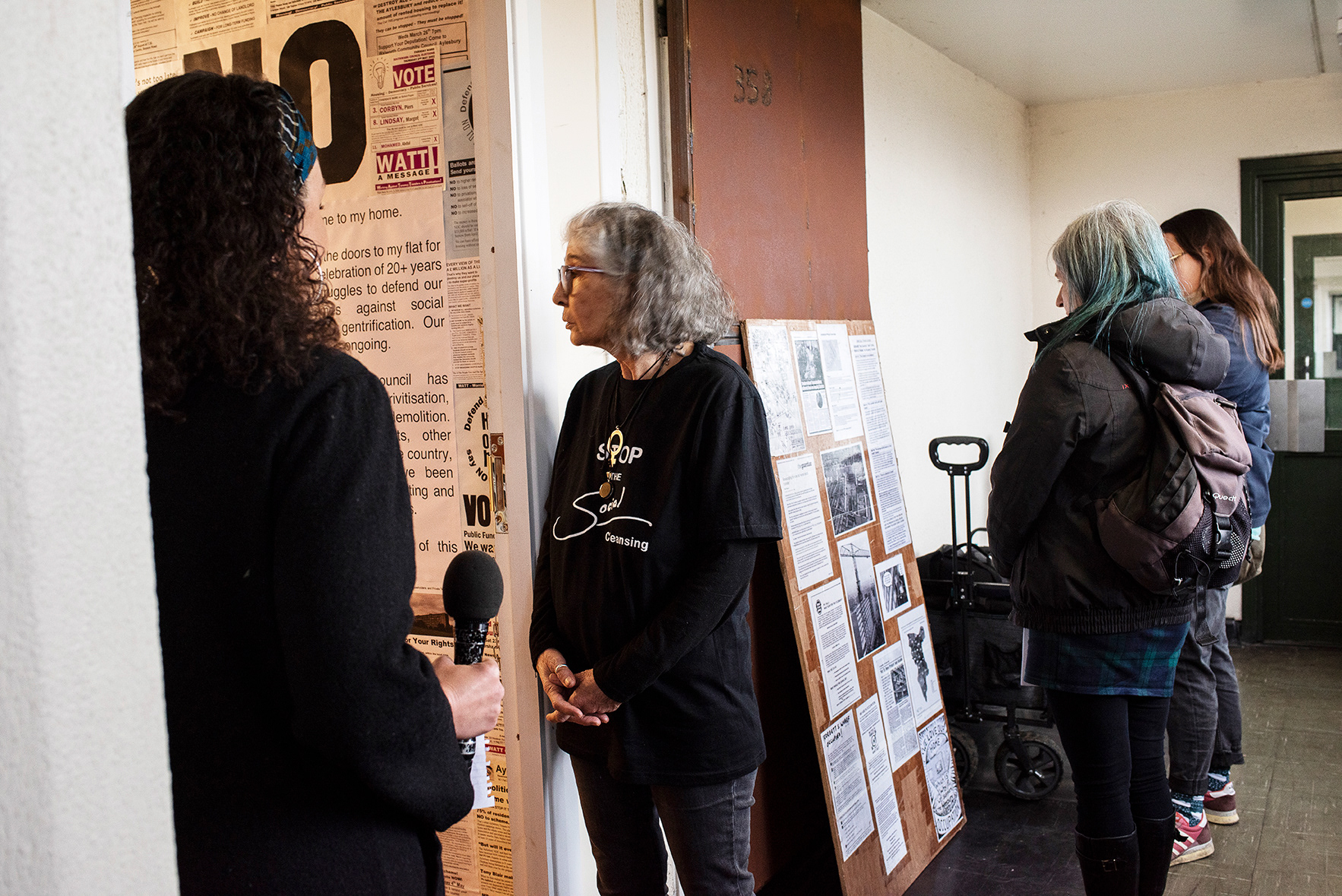


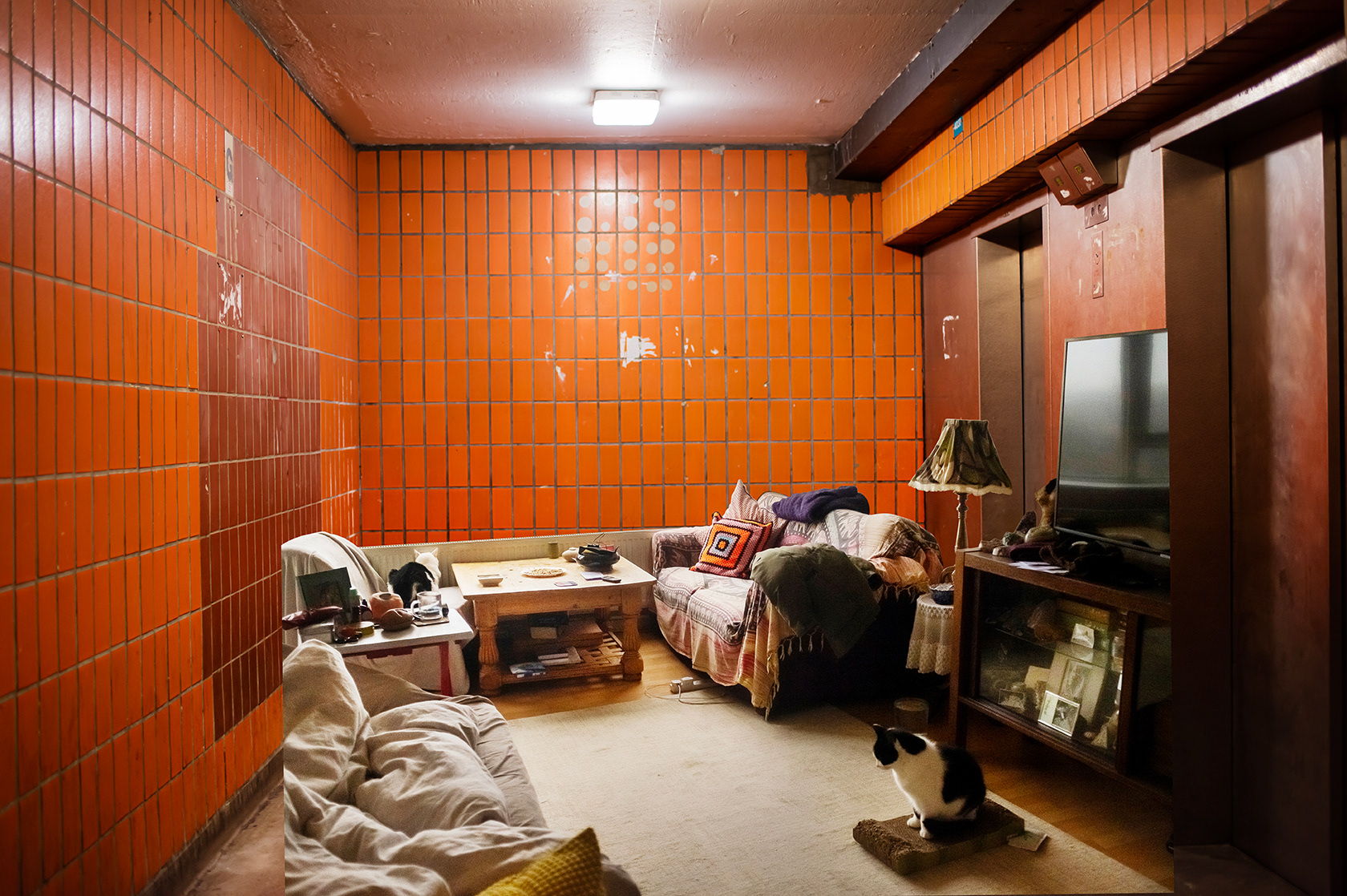









Collage background photo Peter Marshall






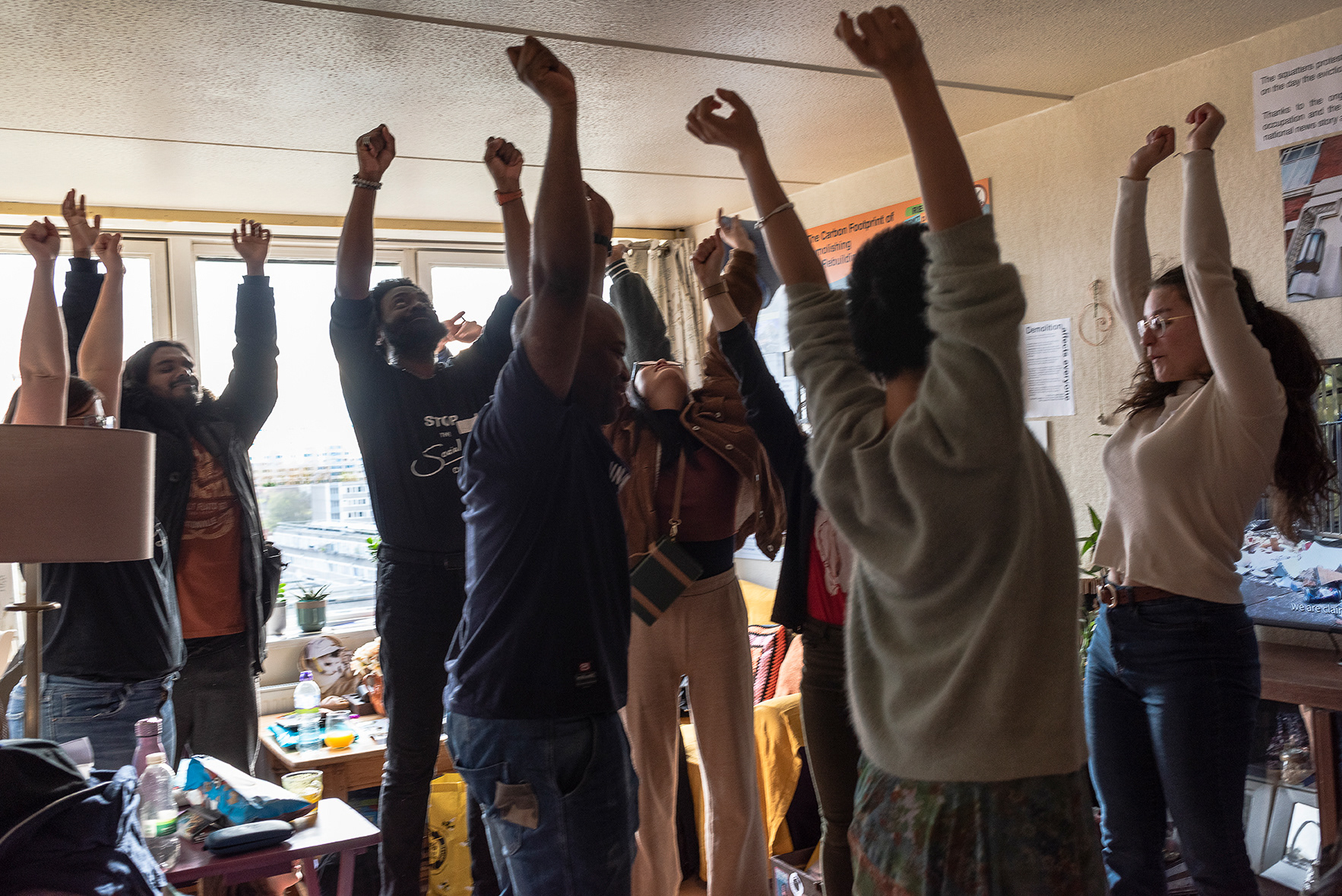
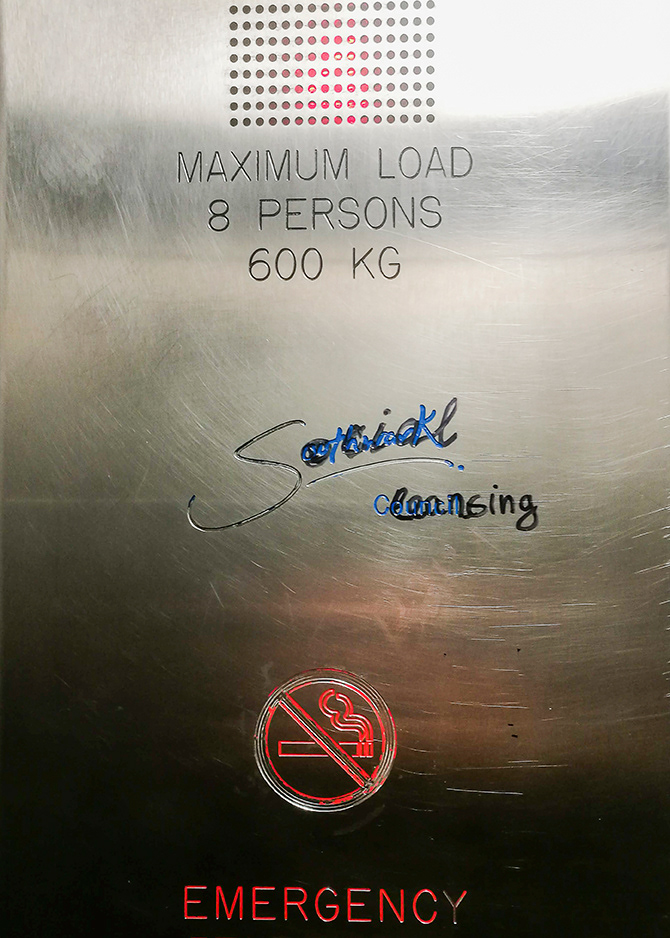

The Aylesbury Estate was built during the tail end of the post-war drive for municipal housing construction in the UK. Since its early days, the estate has been criticised in the mainstream press, for its size, design and building materials. Expression like ‘sink estate’, ‘hell’s waiting room’ and other classist and racialised tropes have been used to describe it for decades now, despite the ongoing protests of residents and housing campaigners. When in 1999 the estate was placed under a major urban regeneration programme, Aysen and her sister Pinar, together with other residents and supporters, started campaigning, at first against the plans to ‘stock transfer’ the ownership of the housing away from the local administration to a housing association, and later against plans to demolish the estate altogether. The campaigners created networks of solidarity with other estates in struggle across London, and always linked their analysis to global processes of gentrification and social cleansing. When Pinar tragically passed away in early 2019 and concomitantly, work towards the demolition of their building also progressed, Aysen’s response was to create a tribute for her sister and a celebration of 20+ years of housing struggles inside her flat, in the form of an installation, open to the public. The exhibition is the result of a collective process bringing together Aylesbury residents and they supporters. In this context I created a tapestry of images, posters, and collages that covered most of the flat’s walls, academics contributed with writing, artists and supporters with songs, videos, poems, sound compositions, flower and leaf installations, and more. The Fight4Aylsebury exhibition was open for a month in March-April 2023, and it welcomed hundreds of visitors who visited the flat and attended 8 public talks hosted in the living room and the corridor. The exhibition wilfully centres residents’ experiences and analysis. Against the backdrop of a relentlessly marginalising public rhetoric, we aimed to uphold a narrative of resistance against the processes of demolition and social cleansing, whilst also making visible the everyday lives that residents continue to create within their homes.